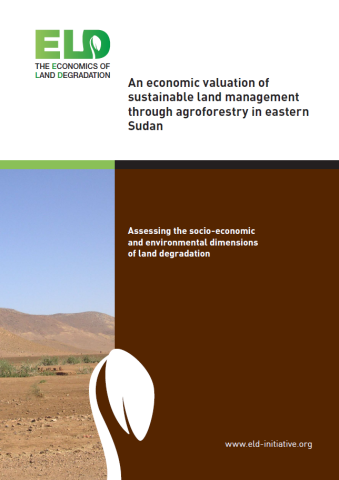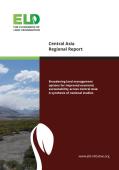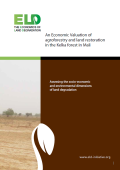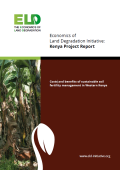
Gedaref State was previously known as the food basket of Sudan. Over several decades unsustainable agricultural practices that combined near-monocropping with low nutrient replenishment have led to significant degradation of soils, which are no longer able to sustain farmer livelihoods. This study found that adopting an integrated sustainable land use and forest restoration scenario could reverse the current land degradation trend. The integration of Acacia senegal with sorghum, Sudan’s primary staple crop, was evaluated as a potential sustainable land management practice. A. senegal is a high-quality gum arabic producing tree species, traditionally integrated into a crop and fallow system. It has soil nitrogen enhancing properties and international demand for its gum, make it a promising species to integrate in agricultural systems for both environmental and economic health. In parallel, consideration was also given to reforesting hills that have bare and exposed soil, with Luban gum trees such as Boswellia catering, Boswellia frererana, and Boswellia papyrifera. Currently, these hills are not used for productive gains and have no competing land use, thus their reforestation would incur little to no opportunity costs. The valuation of both proposed integrated sustainable land management and forest restoration scenarios were undertaken using an ex-ante cost-benefit analysis. An assessment of the ecosystem services and economic impact of restoration scenarios was carried out using valuation techniques which included a productivity change approach, and replacement and avoided damage cost approaches. The analysis built on high-resolution remote sensing, GIS, and biophysical soil and water assessment tools, allowing for rigorous estimates of the impact of land use change on agricultural yields, groundwater infiltration, water runoff, and carbon sequestration.




